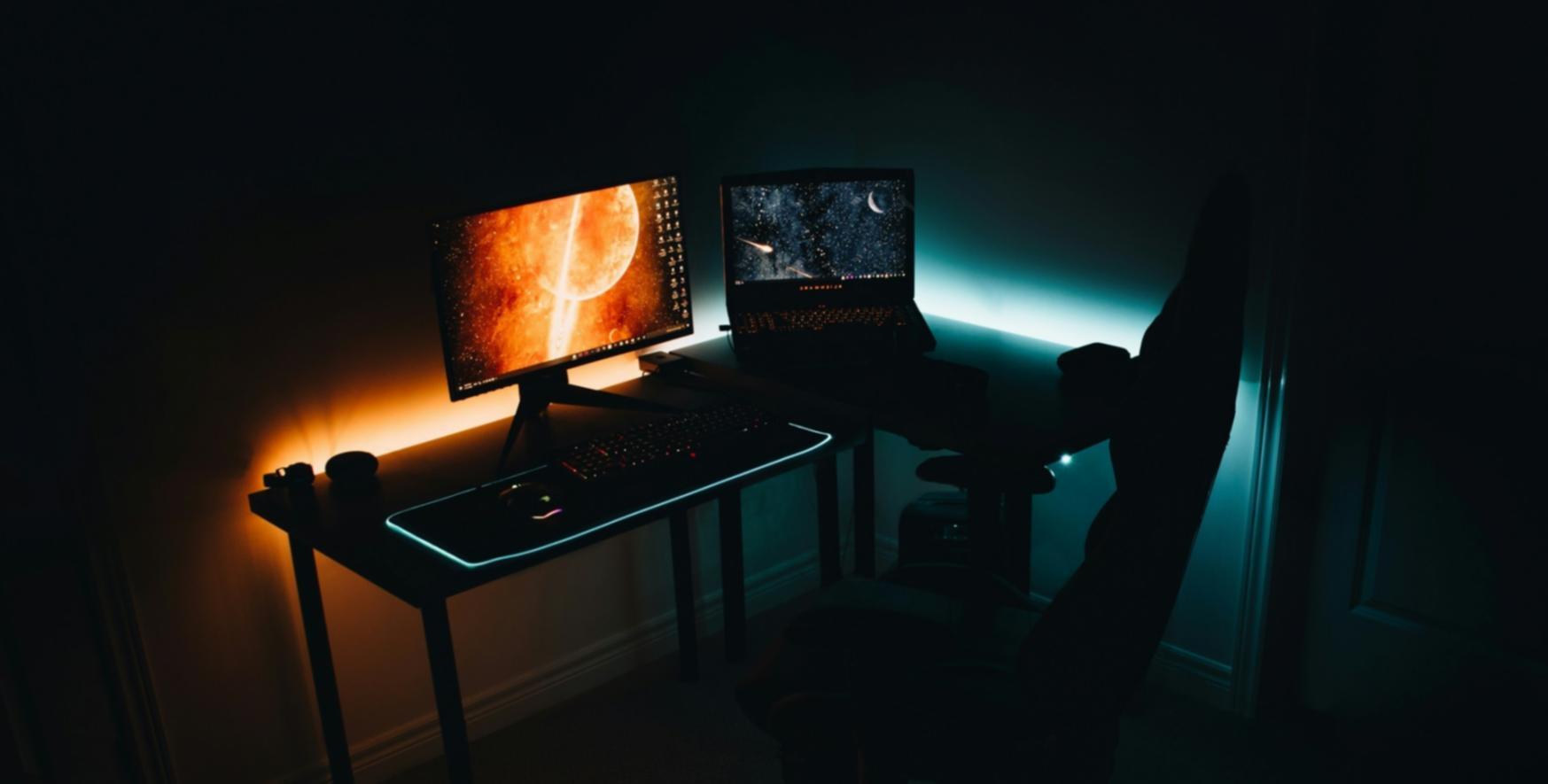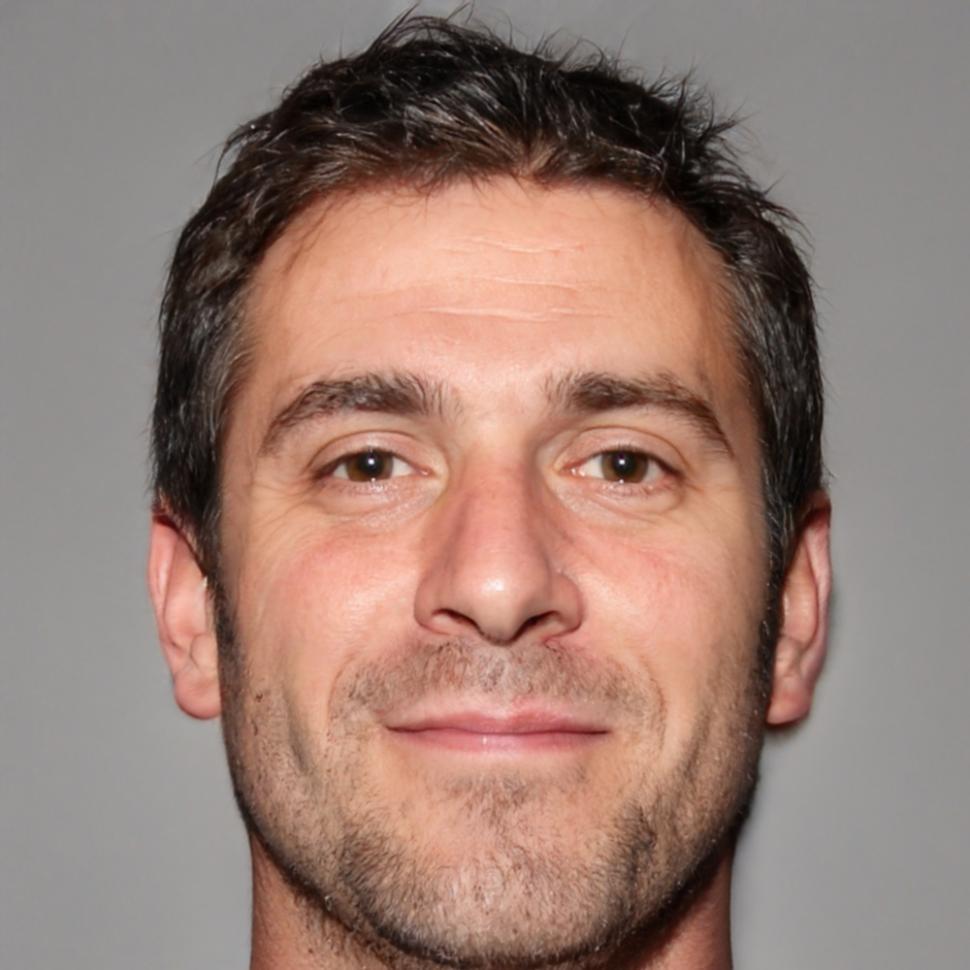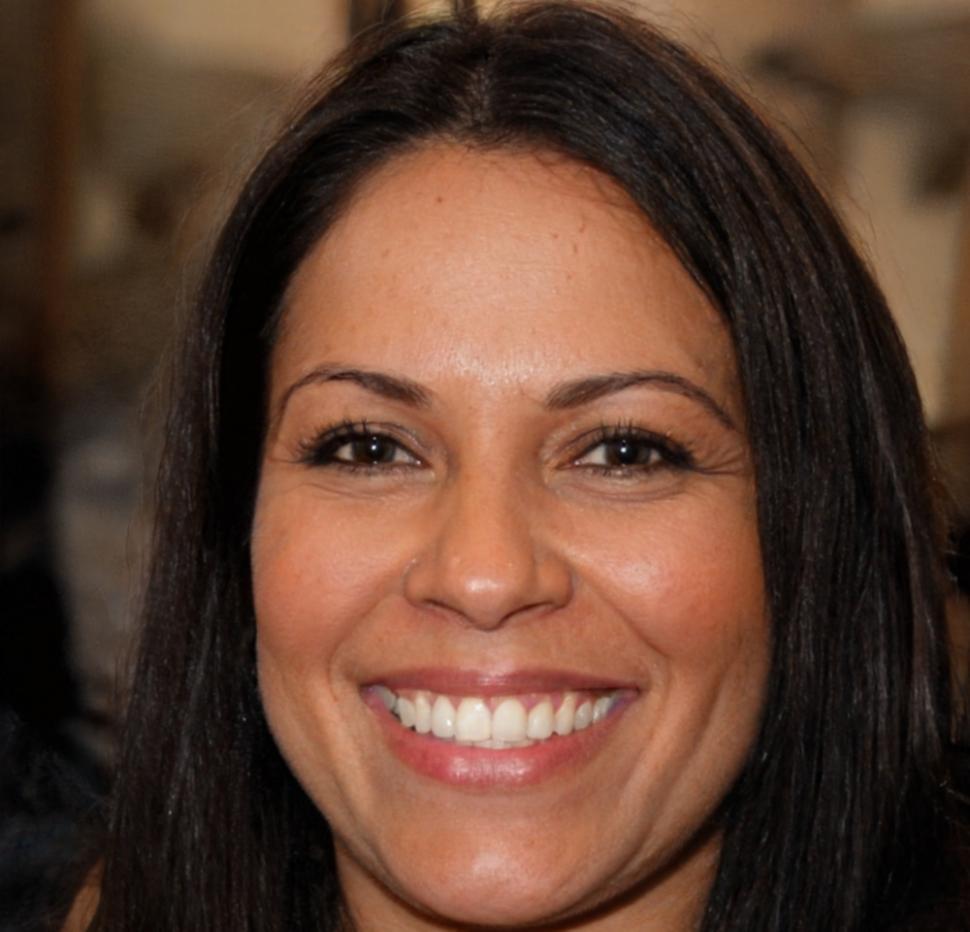Build Game Worlds That Players Actually Remember
Most 3D modeling courses throw software tutorials at you and call it education. We teach you how professionals think about game assets—topology that deforms naturally, textures that read clearly at distance, models that run smoothly on real hardware.
Explore Our Program
How We Got Here
Starting from one instructor's frustration with surface-level training, we've spent years refining what actually works for aspiring game artists.
Started With a Question
After seeing too many skilled artists struggle because they'd learned tools instead of principles, we started small—just weekend workshops focused on production-ready workflows. Turns out people were hungry for this approach.
Built Our First Full Program
Those weekend sessions evolved into a structured curriculum. We brought in working game developers to shape content around what studios actually need. Not what looks impressive in portfolios—what survives code review and optimization passes.
Expanded into Regional Hub
Students from across the Balkans started showing up. We added more specialized tracks—character work, environment art, technical modeling. Each one focused on the kind of problem-solving that game production demands.
Looking Ahead
Our autumn 2025 cohort launches with updated modules on procedural workflows and real-time rendering optimization. Because game tech doesn't stand still, and neither can education worth taking seriously.
Work That Ships
These aren't portfolio pieces made to look pretty in static renders. They're assets built to survive the messy reality of game production—animation rigs, LOD chains, performance budgets, and all.

Character Architecture
Students learn edge flow patterns that deform properly during animation. Not just pretty wireframes—topology that actually works when riggers get their hands on it.

Environment Systems
Modular asset creation that level designers can actually use. We teach the thinking behind kits that build varied spaces without exploding draw calls or memory budgets.

Production Props
The unglamorous stuff that fills game worlds. Students build assets with proper collision meshes, LOD transitions, and texture atlasing that technical artists won't curse them for.

What Makes This Different
We don't teach software. You can watch YouTube tutorials for that. We teach decision-making—the kind that comes from shipping actual games and dealing with real production constraints.
Every instructor has shipped titles. That matters because game development is full of compromises, and knowing which corners you can safely cut only comes from experience.
- Pipeline integration—your models need to survive import into game engines, version control systems, and collaboration with other departments
- Performance awareness—beautiful models mean nothing if they tank frame rates or blow past memory limits on target hardware
- Iteration speed—production schedules are brutal, so we teach workflows that let you work fast without accumulating technical debt
- Communication skills—you'll work with programmers, designers, and producers who don't speak 3D, so clarity matters
From Different Starting Points
Students arrive with varied backgrounds—some from traditional art, others from different tech fields, a few straight from school. What they share is willingness to learn production thinking.

Dimitrije Manojlovski
Environment Artist
I came from architecture visualization where polygon counts barely mattered. Learning to think in game budgets was rough at first, but now I understand why every vertex needs to justify itself. That shift in mindset changed how I approach all modeling work.

Teodora Vasilevska
Character Modeler
The character track taught me that beautiful sculpts are only the beginning. Understanding retopology, UV layouts that animators won't hate, and how to bake details efficiently—that's what actually got me studio work. Technical skills matter as much as artistic ones.